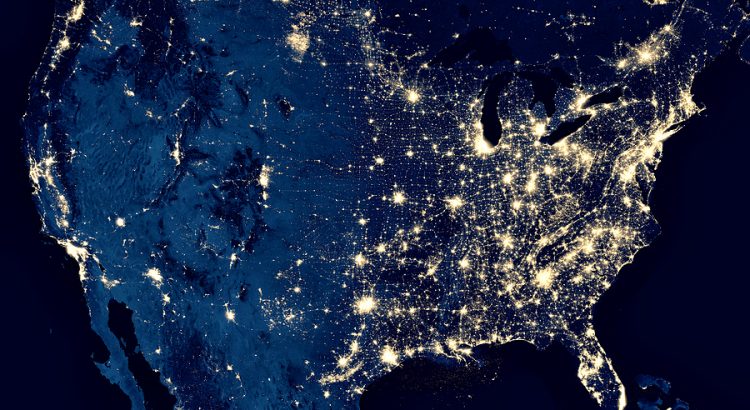T-Mobile and AT&T started describing their 5G networks as nationwide once the networks covered over 200 million people. I’ve seen multiple people suggest that this is related to FCC rules. Allegedly, the FCC only allows networks to be described as nationwide when they cover over 200 million people. I’ve searched around, and I can’t find any FCC documents mentioning such a guideline.
As far as I can tell, the 200 million number comes from the National Advertising Division (NAD), a self-regulatory body for the advertising industry.1 Here’s an excerpt from a 2014 NAD publication:
200 million people would make up about 60% of the U.S. population.2 I don’t think a network covering 60% of the U.S. population is nationwide in the common-sense meaning of the word. If networks with such lackluster coverage are advertised as nationwide, consumers will be misled.
The NAD should update its approach. The exact meaning of nationwide isn’t clear cut, but I think even a loose standard should be something like this:
Nationwide network: A network that covers at least 85% of the U.S. population and offers service in some parts of every state.
The NAD should probably frame its standard in terms of a percentage of the U.S. population covered (rather than a raw number of people covered). In 2004, 200 million people would have been almost 70% of the U.S. population.3 The NAD’s standard made more sense then. As the country’s population has grown, the NAD’s standard has become weaker.
Footnotes
- Thanks to Christian Plaud on Twitter for sharing the NAD source.
- 200,000,000 / 330,000,000 = 0.606
- The 2014 NAD publication suggested the 200 million people standard had been in place for ten years. In 2004, the U.S. population was about 290 million.


Urban coverage is inexpensive to build per customer served. Covering the top 50 cities gets you to 200,000,000 while covering less than 10% of America. Coverage claims should be based up land area not people reached.